Home>Gardening & Outdoor>Outdoor Structures>How Long Does A Shed Last
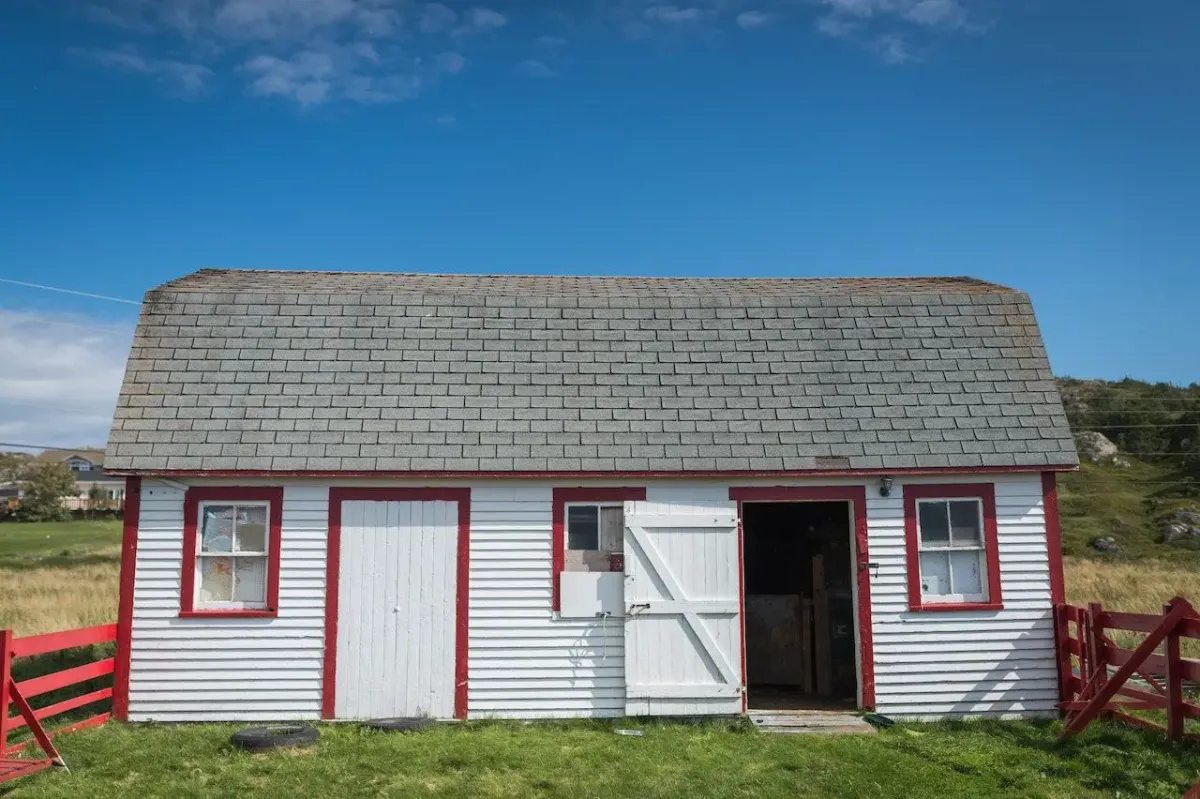

Outdoor Structures
How Long Does A Shed Last
Modified: March 2, 2024
Discover the lifespan of outdoor structures. Learn how long sheds typically last and how to maximize their durability.
(Many of the links in this article redirect to a specific reviewed product. Your purchase of these products through affiliate links helps to generate commission for Storables.com, at no extra cost. Learn more)
Introduction
So, you've finally invested in a shed for your outdoor space. Whether it's for storing your gardening tools, creating a cozy workspace, or simply adding value to your property, a shed is a versatile and valuable addition to any home. However, as with any investment, it's natural to wonder about the shed's lifespan and how long it will serve its purpose effectively.
The longevity of a shed is influenced by various factors, including the materials used, construction quality, environmental conditions, and maintenance efforts. Understanding these elements can help you make informed decisions and take the necessary steps to prolong the life of your shed.
In this comprehensive guide, we'll delve into the factors that affect shed longevity, explore the different types of sheds and their typical lifespans, and provide valuable maintenance and care tips to help you maximize the lifespan of your shed. By the end of this article, you'll have a thorough understanding of what it takes to ensure your shed stands the test of time. Let's embark on this journey to shed longevity together!
Key Takeaways:
- Choose a shed made of durable materials like pressure-treated lumber, vinyl, or metal to ensure it lasts longer. Regular maintenance and proper ground preparation also play a key role in extending a shed’s lifespan.
- Different shed types have unique lifespans, with wooden sheds lasting 10-30 years, metal sheds lasting 20-30 years, vinyl sheds lasting 20-30 years, and resin sheds lasting 15-25 years. Regular cleaning, inspections, and following manufacturer’s guidelines are crucial for preserving a shed’s longevity.
Read more: How Long Will A Metal Shed Last
Factors Affecting Shed Longevity
Several key factors play a significant role in determining the lifespan of a shed. Understanding these factors can help you make informed decisions when choosing a shed and implementing maintenance practices to extend its durability.
- Quality of Materials: The materials used in constructing a shed greatly influence its longevity. Opting for high-quality, durable materials such as pressure-treated lumber, vinyl, or metal can significantly extend the shed’s lifespan.
- Construction Techniques: The construction quality and techniques employed during the assembly of the shed are crucial. A well-built shed with sturdy foundations, precise assembly, and proper sealing against the elements is more likely to withstand the test of time.
- Environmental Conditions: The climate and environmental factors in your area can impact the shed’s longevity. Exposure to harsh sunlight, heavy precipitation, extreme temperatures, and high humidity levels can accelerate wear and tear. Additionally, the presence of pests and wildlife may also affect the shed’s structural integrity.
- Maintenance Practices: Regular maintenance, including cleaning, painting, and addressing any structural issues, is essential for preserving the shed. Neglecting maintenance can lead to premature deterioration and a shortened lifespan.
- Foundation and Ground Preparation: Properly preparing the ground and ensuring a solid foundation for the shed are vital. Inadequate ground preparation can result in moisture buildup, leading to rot and structural damage.
- Usage and Load: The intended use of the shed and the weight of the stored items can impact its longevity. Overloading the shed or using it for purposes beyond its design limitations can strain the structure and shorten its lifespan.
By considering these factors and taking proactive measures, such as selecting high-quality materials, investing in professional construction or assembly, and implementing regular maintenance routines, you can significantly enhance the longevity of your shed. In the following sections, we’ll explore the typical lifespans of different types of sheds and provide valuable maintenance tips to help you preserve your investment for years to come.
Types of Sheds and Their Lifespan
Sheds come in various materials and designs, each with its own unique lifespan and maintenance requirements. Understanding the characteristics of different shed types can help you choose the most suitable option for your needs and make informed decisions regarding maintenance and care.
- Wooden Sheds: Traditional wooden sheds exude a classic charm and are often favored for their aesthetic appeal. When constructed with high-quality, pressure-treated lumber and properly maintained, wooden sheds can last anywhere from 10 to 30 years. Regular staining or painting, as well as addressing any signs of rot or pest damage, is essential for prolonging the lifespan of wooden sheds.
- Metal Sheds: Metal sheds, typically made of galvanized steel or aluminum, are renowned for their durability and resistance to pests and rot. When well-maintained, metal sheds can last 20 to 30 years or more. Regular inspections for rust, dents, and scratches, along with applying protective coatings, can help extend the lifespan of metal sheds.
- Vinyl Sheds: Vinyl sheds offer excellent resistance to moisture, rot, and pests, making them a low-maintenance and long-lasting option. With proper care, vinyl sheds can endure for 20 to 30 years. Periodic cleaning and ensuring proper ventilation to prevent moisture buildup are crucial for preserving the structural integrity of vinyl sheds.
- Resin (Plastic) Sheds: Resin sheds are lightweight, easy to assemble, and resistant to decay and pests. When maintained according to the manufacturer’s guidelines, resin sheds can last 15 to 25 years. Avoiding excessive weight on the walls and roof, as well as regular cleaning to prevent mold and mildew, can contribute to the longevity of resin sheds.
It’s important to note that the lifespan of a shed is also influenced by the quality of materials, construction techniques, and environmental conditions, as discussed earlier. Additionally, factors such as proper assembly, foundation quality, and adherence to weight and usage limitations can impact the shed’s longevity regardless of its material.
By choosing a shed type that aligns with your preferences and maintenance capabilities, and implementing proactive care practices, you can maximize the lifespan of your shed and enjoy its functionality and aesthetic appeal for many years to come.
Regular maintenance, such as treating the wood and repairing any damage, can help extend the lifespan of a shed. Additionally, choosing high-quality materials and proper installation can also contribute to a longer lasting shed.
Maintenance and Care Tips for Extending Shed Lifespan
Proactive maintenance is essential for preserving the structural integrity and aesthetic appeal of your shed, ultimately extending its lifespan. By implementing regular care routines and addressing potential issues promptly, you can ensure that your shed remains a durable and functional asset in your outdoor space.
- Regular Cleaning: Periodically clean the exterior and interior of the shed to remove dirt, debris, and organic matter. Use a gentle cleaning solution and a soft brush to avoid damaging the surface. Pay special attention to areas prone to moisture buildup, such as corners and seams.
- Inspect for Damage: Conduct routine inspections to identify any signs of damage, including rot, rust, cracks, or pest infestations. Promptly address any issues to prevent them from worsening and compromising the shed’s structural stability.
- Apply Protective Coatings: Depending on the shed’s material, apply appropriate protective coatings such as sealants, rust-resistant paint, or UV-resistant finishes to shield the structure from environmental elements and prevent deterioration.
- Maintain Proper Drainage: Ensure that the area around the shed promotes proper drainage to prevent water accumulation, which can lead to rot and foundation damage. Consider installing gutters and downspouts to direct water away from the shed.
- Address Ventilation: Proper ventilation is crucial for preventing moisture buildup, mold, and mildew. Keep vents and windows unobstructed to facilitate air circulation within the shed.
- Secure Foundation and Anchoring: Periodically inspect the shed’s foundation and anchoring system to ensure stability. Address any shifts or settling promptly to prevent structural stress and potential damage.
- Organize and Declutter: Regularly assess the contents of the shed and declutter unnecessary items. Avoid overloading the shed with excessive weight, as this can strain the structure and shorten its lifespan.
- Follow Manufacturer’s Guidelines: Adhere to the maintenance recommendations provided by the shed’s manufacturer, including specific care instructions based on the material and design of the shed.
By consistently implementing these maintenance practices and remaining attentive to the shed’s condition, you can significantly prolong its lifespan and ensure that it continues to serve its intended purpose effectively. Remember that proactive care not only preserves the shed’s functionality but also enhances the overall appeal of your outdoor space.
Conclusion
As we conclude our exploration of shed longevity, it’s evident that the lifespan of a shed is influenced by a combination of factors, including materials, construction quality, environmental conditions, and maintenance efforts. By understanding these elements and implementing proactive care practices, you can maximize the longevity of your shed and derive long-term value from your investment.
When selecting a shed, consider the material and design that align with your preferences and maintenance capabilities. Whether you opt for a classic wooden shed, a durable metal structure, a low-maintenance vinyl option, or a lightweight resin model, each type offers its own unique benefits and lifespan potential.
Once your shed is in place, prioritize regular maintenance and care routines to safeguard its structural integrity and aesthetic appeal. From cleaning and inspections to applying protective coatings and ensuring proper drainage and ventilation, these proactive measures are essential for extending the shed’s lifespan and preserving its functionality over the years.
Remember that a well-maintained shed not only serves as a practical storage or workspace solution but also enhances the visual appeal of your outdoor space, contributing to a welcoming and organized environment.
By embracing the insights and tips shared in this guide, you’re equipped to embark on a journey of shed ownership with confidence, knowing that your shed is poised to withstand the test of time and enrich your outdoor living experience for years to come.
Here’s to the enduring charm and utility of your shed, a steadfast companion in your outdoor endeavors!
Frequently Asked Questions about How Long Does A Shed Last
Was this page helpful?
At Storables.com, we guarantee accurate and reliable information. Our content, validated by Expert Board Contributors, is crafted following stringent Editorial Policies. We're committed to providing you with well-researched, expert-backed insights for all your informational needs.

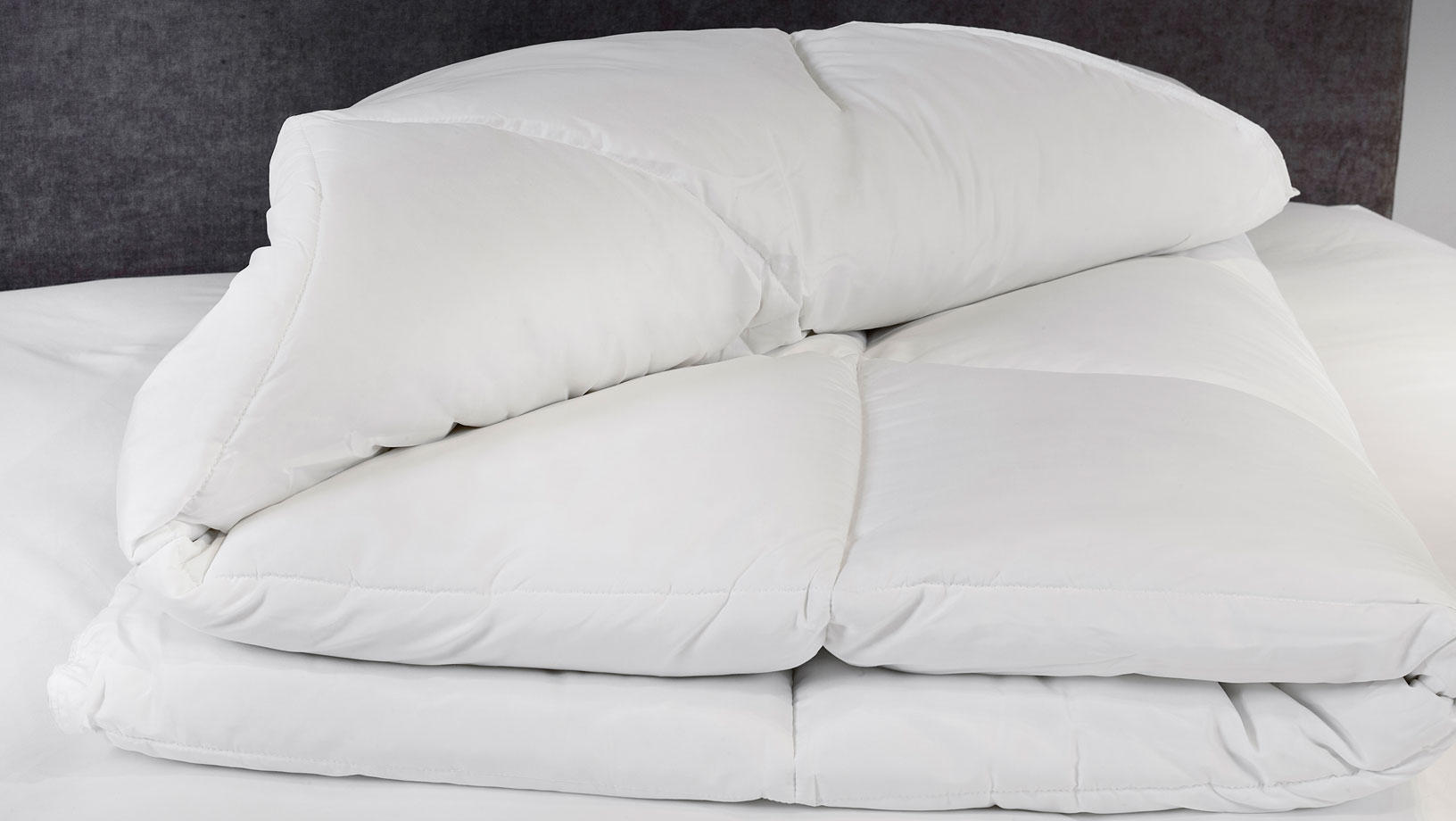
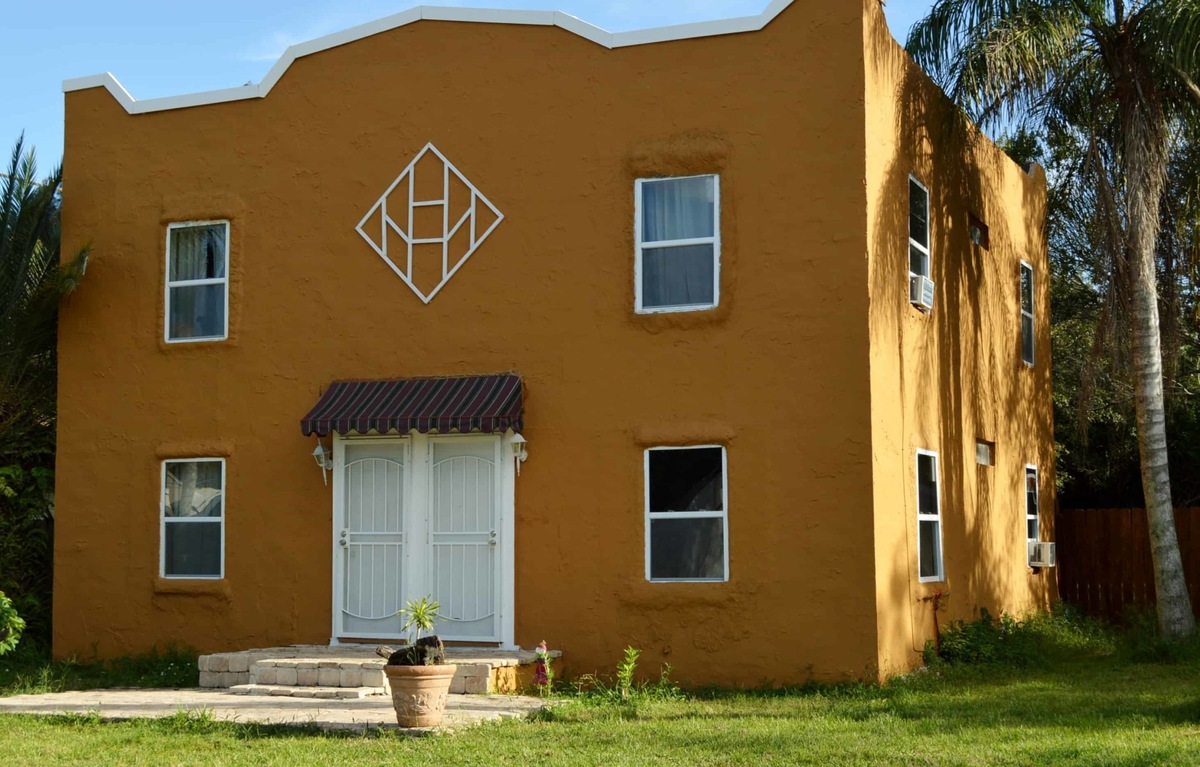
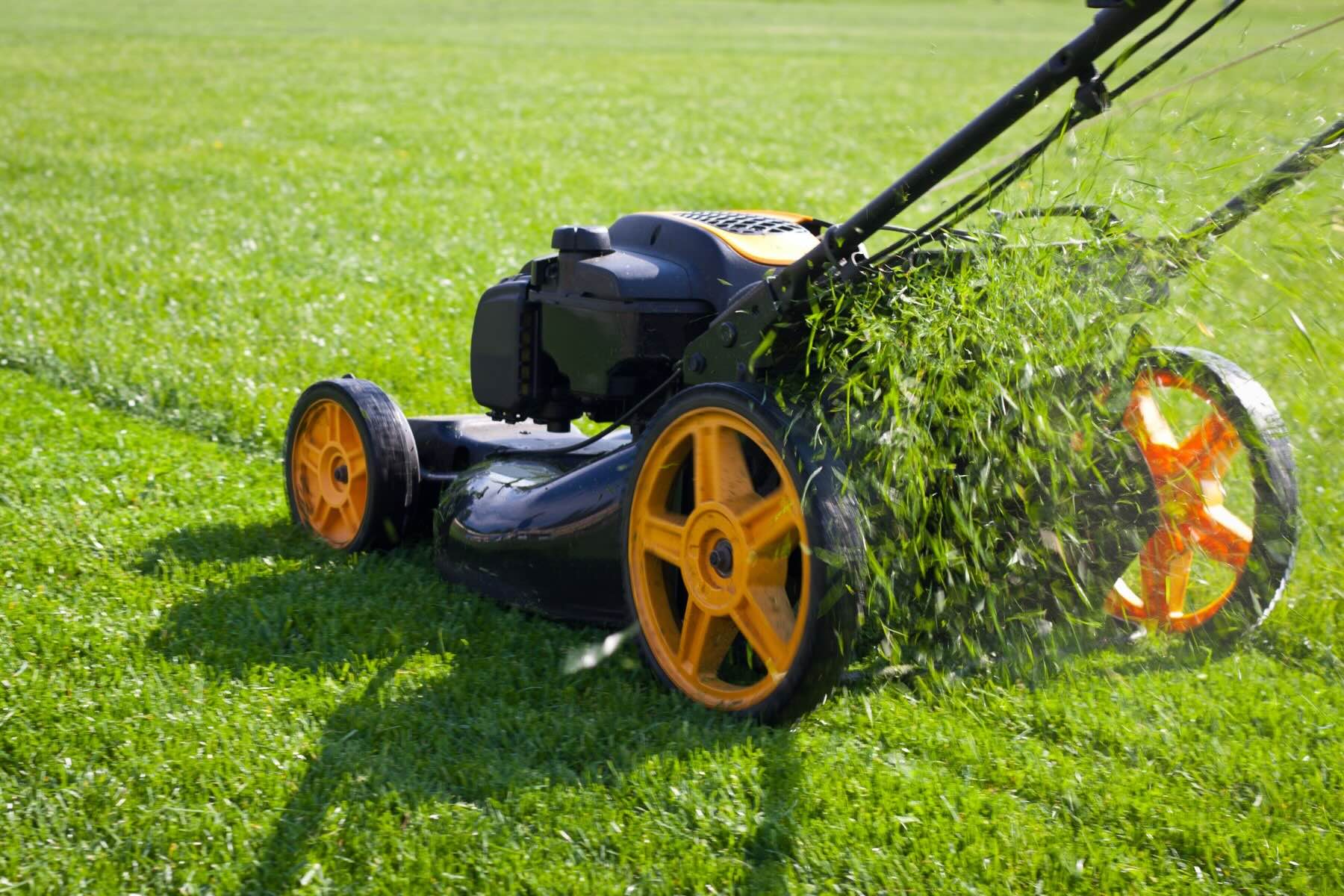
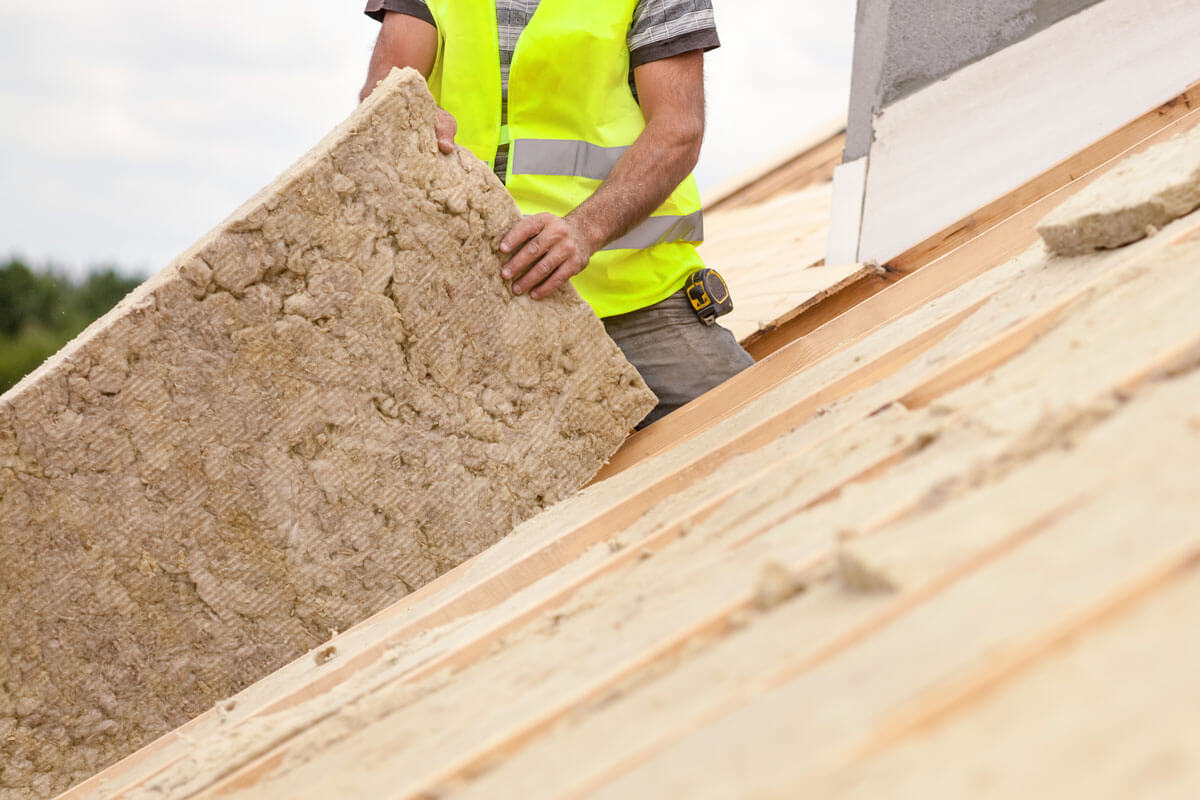
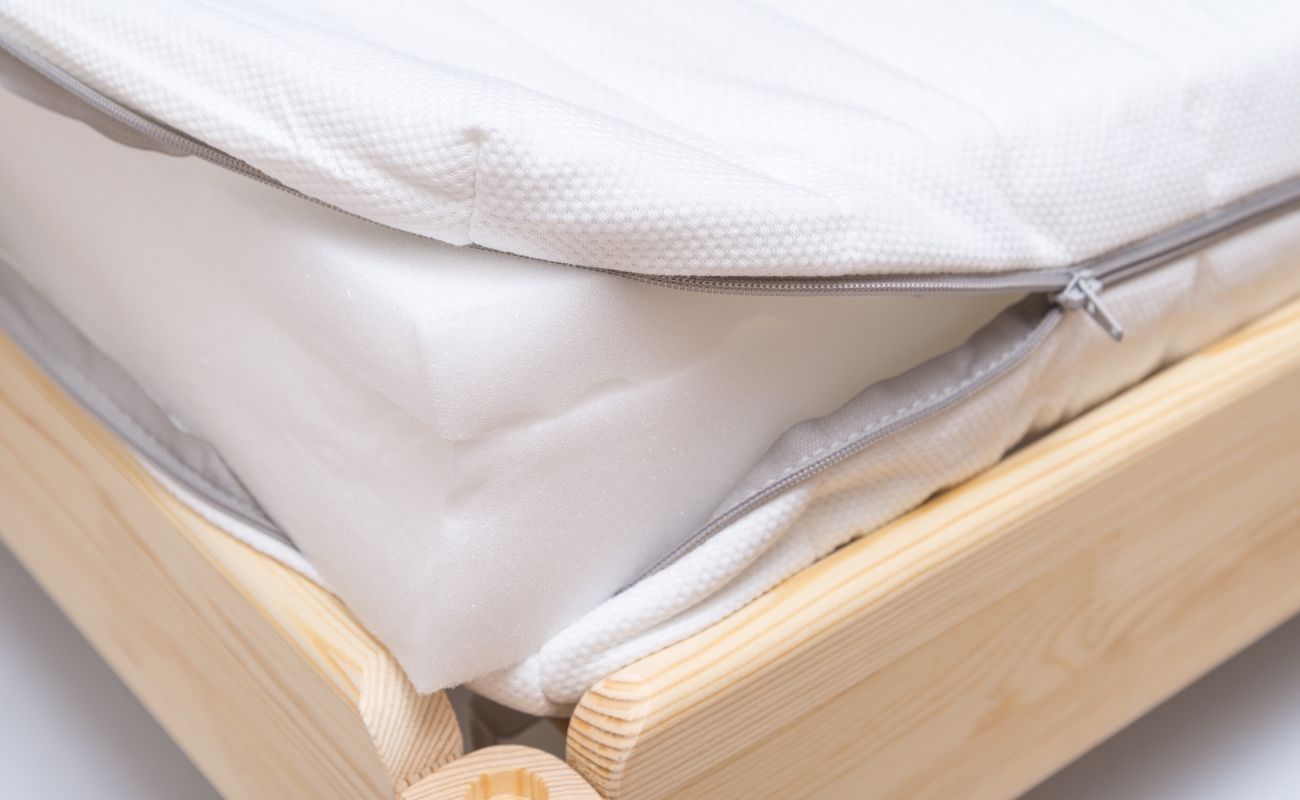
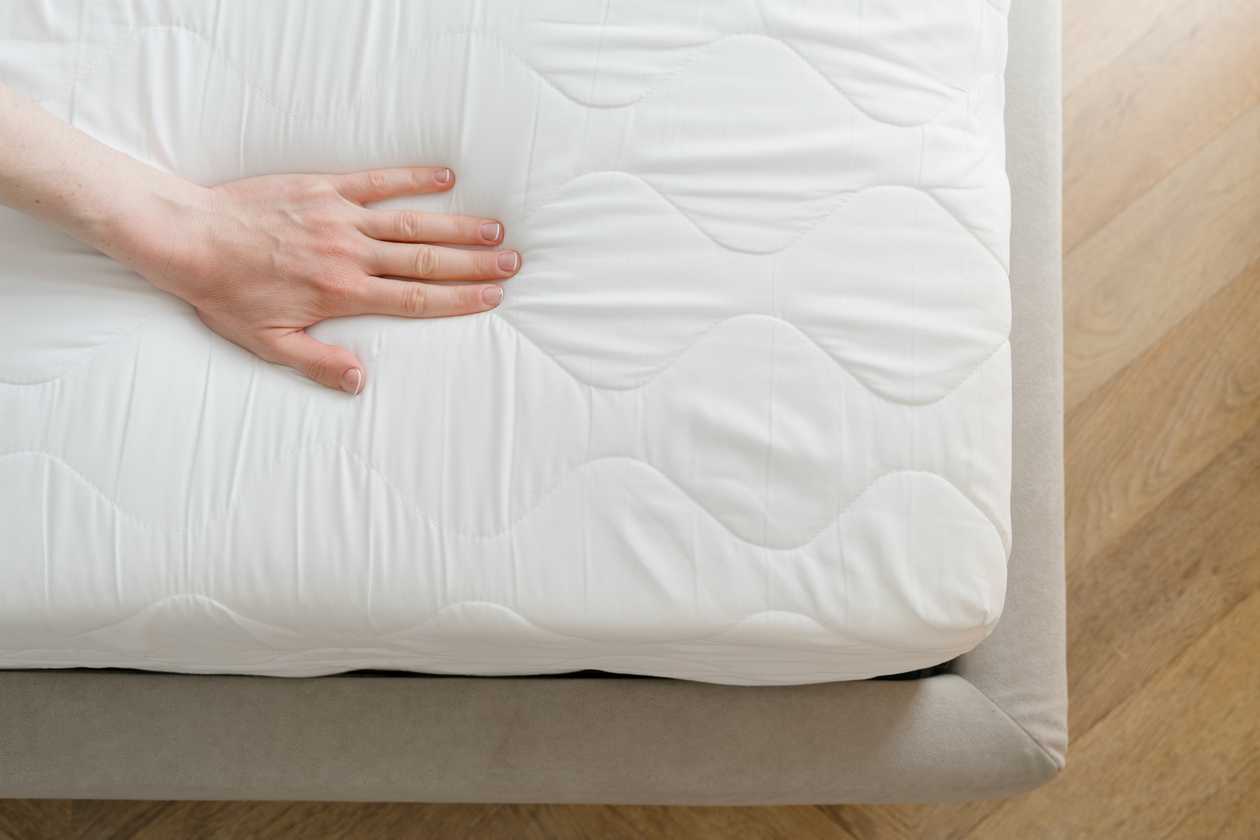
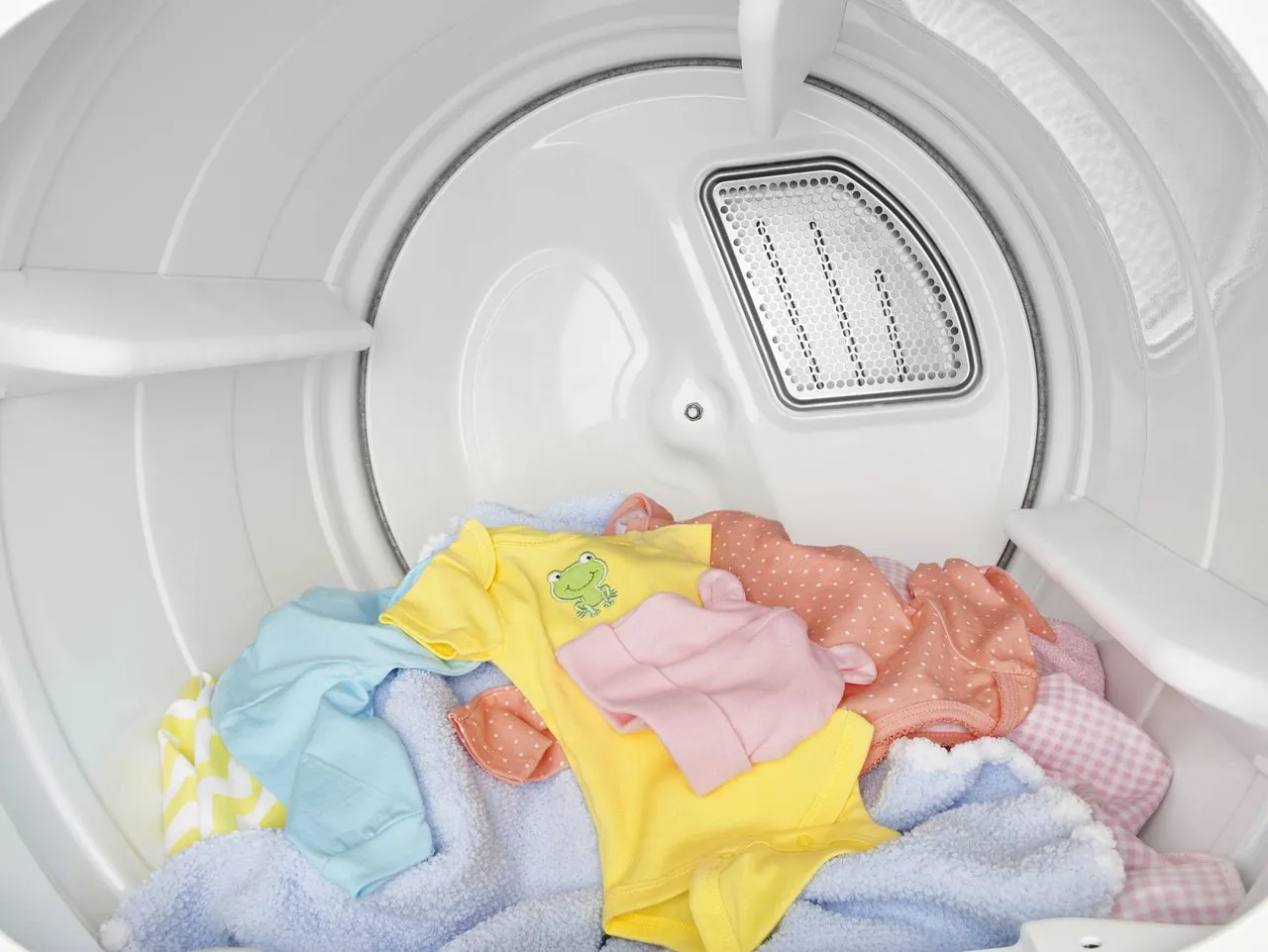

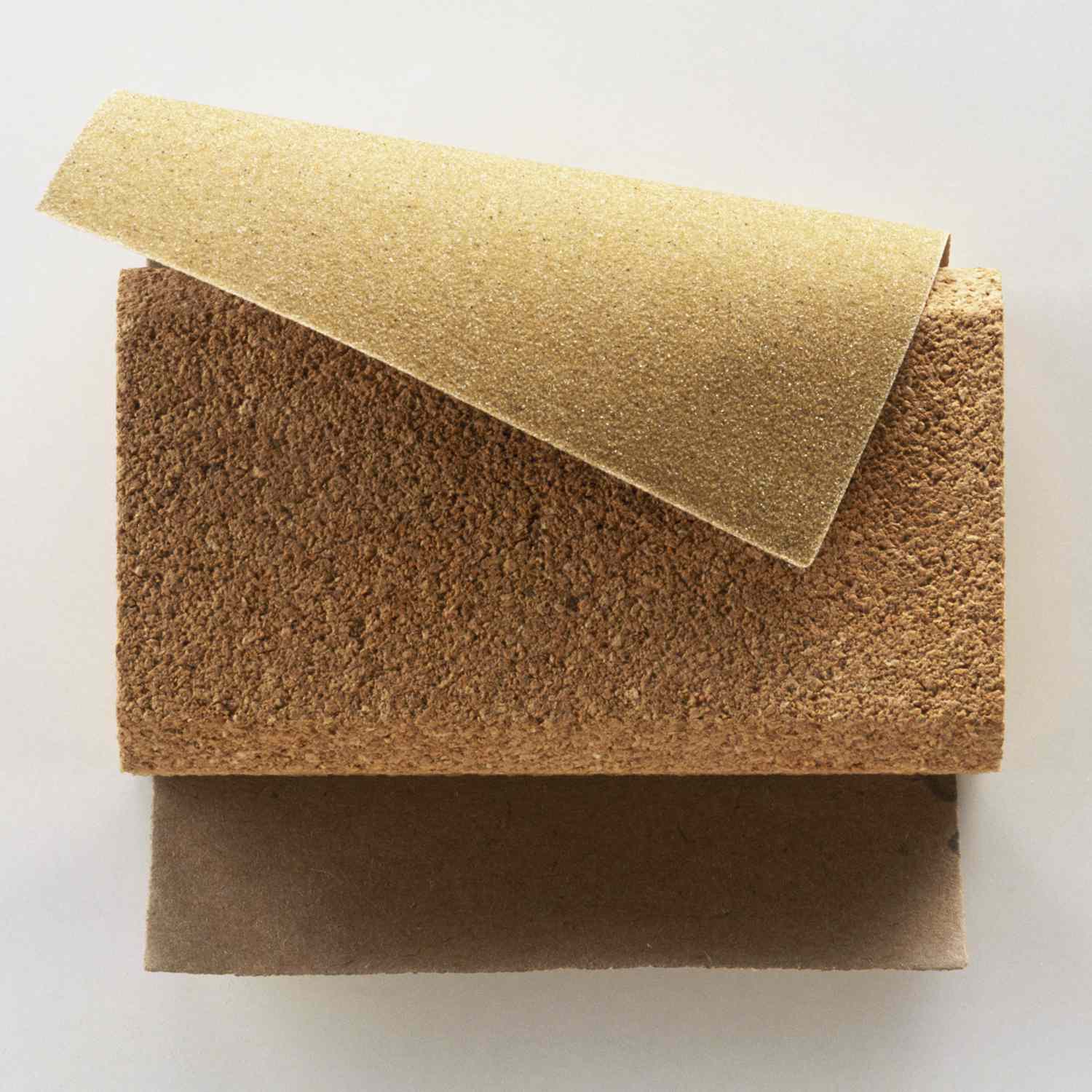

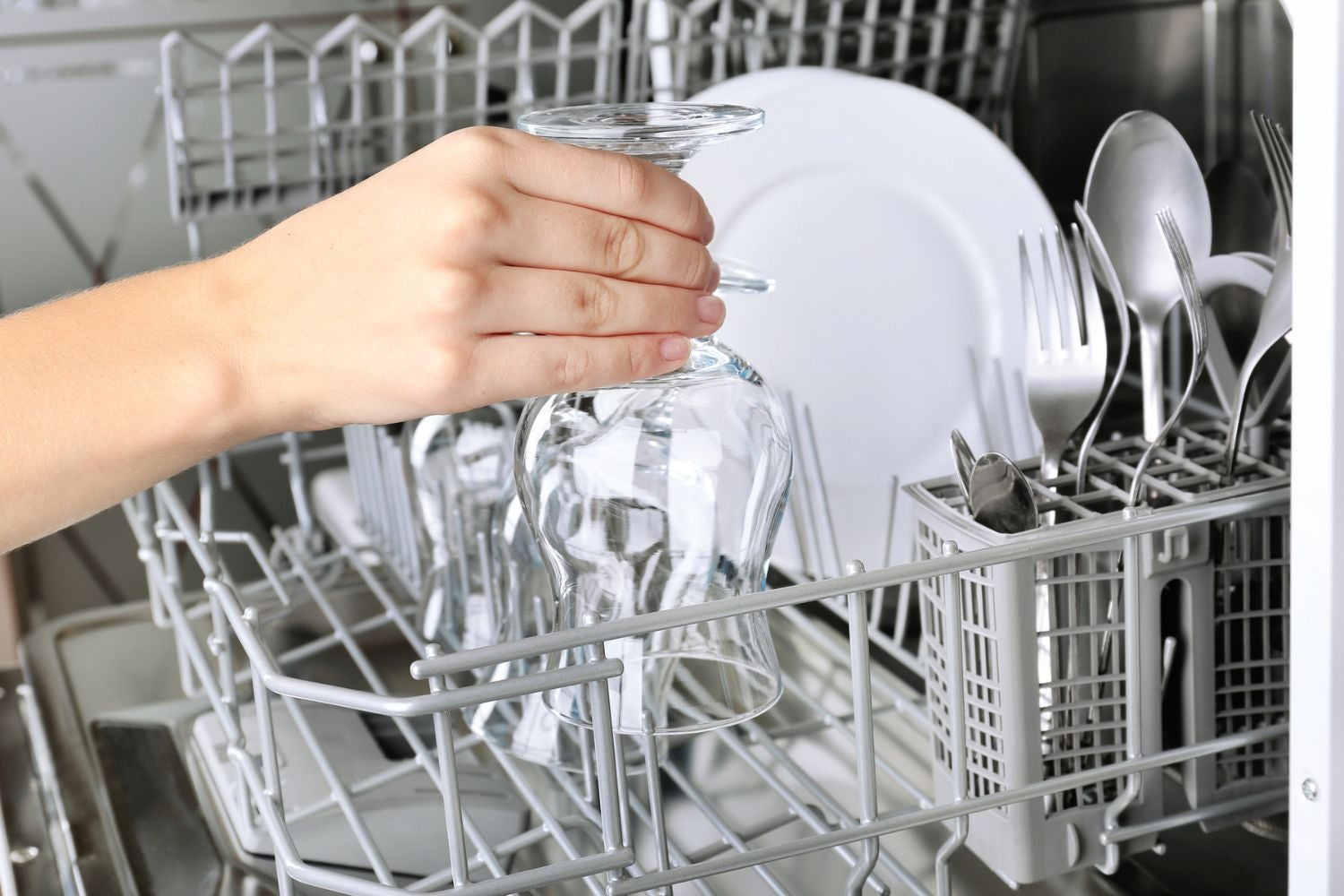
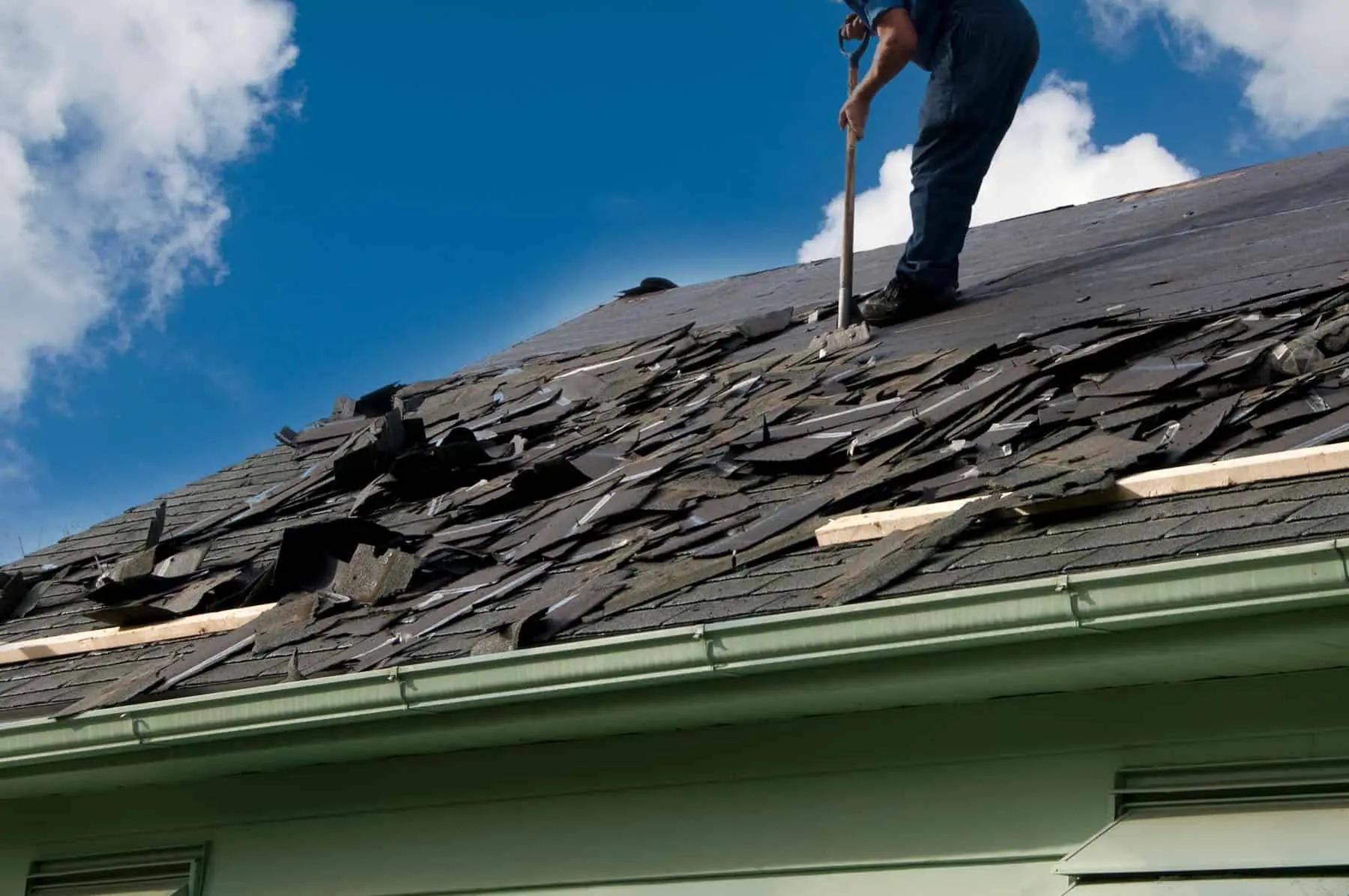
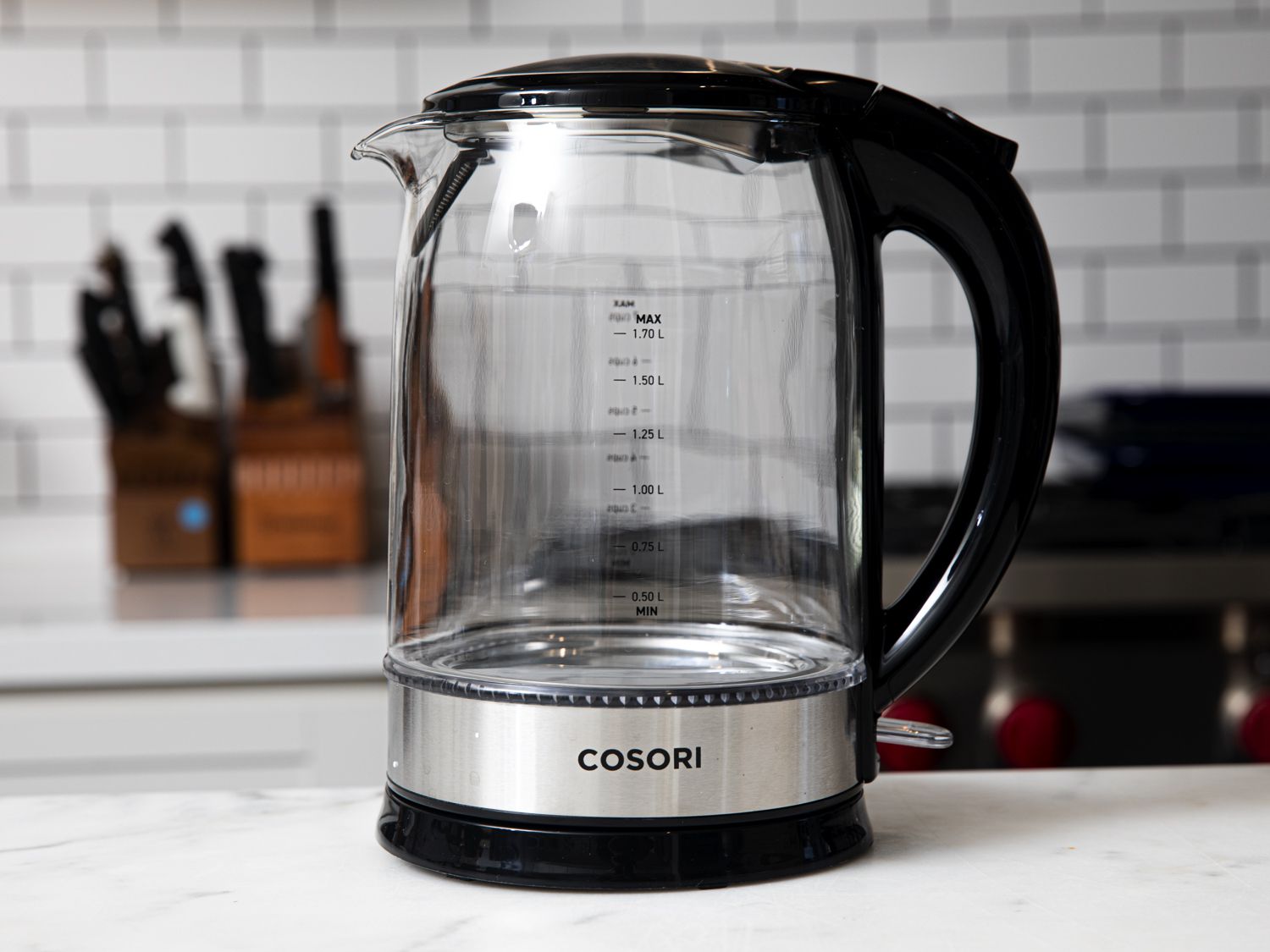
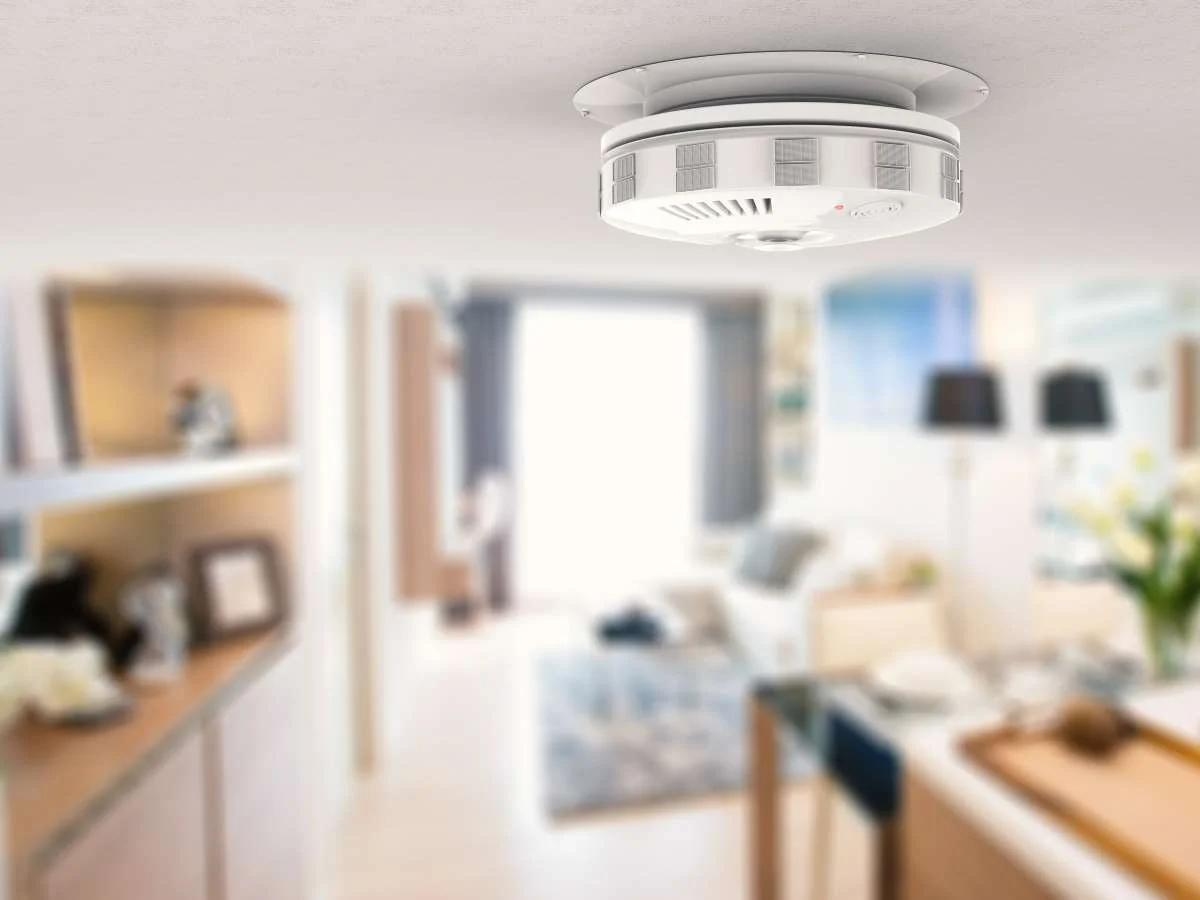

0 thoughts on “How Long Does A Shed Last”